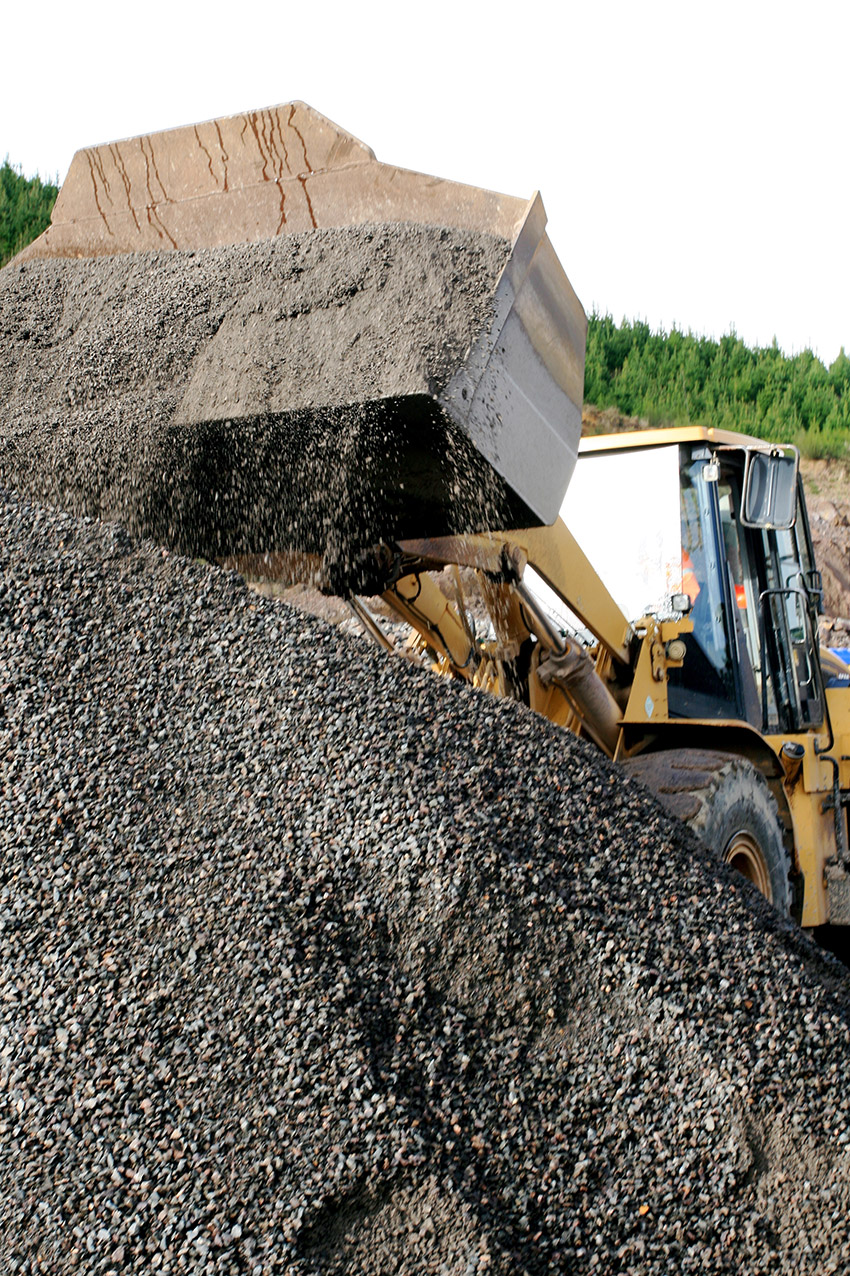A government mandate may oblige quarrying companies to supply production details now given voluntarily. Hugh de Lacy examines the issues.
Shortcomings in the supply of aggregate production data to its Treasury-based Infrastructure Commission has prompted the Government to hint at making supply of such data compulsory for the country’s 1100 registered quarries – but it may not come to that.
Aggregate and Quarry Association (AQA) chief executive Wayne Scott says that while talk of mandating quarry production returns has served the purpose of raising awareness of the need for such data within the industry, it may not in itself be the final outcome.
The commission last year released a study looking at the supply side of production for aggregates, cement, timber and steel, and suggested mandating of data supply might be needed to address the need for greater accuracy.
Scott told Q&M that though AQA supports the introduction of a mandate, he is “not personally wedded” to one, and that impending discussions with MBIE “will give us some options that may not require it, particularly if we can get access to multiple sources of information, such as local government and Waka Kotahi consumption.”
He said that multiple sources of data would be preferable to the current voluntary survey of quarries’ aggregate output which last year saw only 456 out of 552 quarries in production reporting their output.
WorkSafe data suggests there could be up to 1000 active quarries.
This level of response was too flimsy to ensure the accuracy of data on which the Infrastructure Commission is expected to base its planning from now until 2050.
“Lack of data constrains the Government in assessing the significance of aggregate demand in various parts of the country, and it also constrains AQA’s advocacy work with the Government,” Scott says.
“Unless we get good data it’s very hard to analyse any problems – and that certainly applies to the aggregates industry.
“The way things happen in places like Australia is that councils and multiple users of aggregates actually put their data on the internet.
“It’s like a two-edged sword: you get production data and usage data, and you formulate policy on the basis of what’s been confirmed by multiple sources.”
Presently, such data resources as do exist are incomplete and uncoordinated, resulting in policy formulation necessarily becoming piecemeal.
Data on aggregates, even if it were mandated, would offer only a lop-sided vision of the industry’s contribution to infrastructure unless it was balanced with corresponding data from local authorities and other principal users of aggregates.
Scott says the AQA was due to meet with MBIE and other government officials earlier this year, but the meetings have been delayed by Scott being stuck in Australia since mid-January by Covid quarantine rules, and wasn’t able to get home until early March.
He can accordingly offer no timetable as to when a decision on aggregate data mandates could be made, much less gazetted.
The role of infrastructure in the development of the economy has become a public issue over the past few years as awareness has grown of the inadequacies of existing services to meet rocketing demand caused by population increases – especially through immigration, which at one stage was bringing 70,000 new residents a year into the country – in the years before the Covid pandemic struck.
“Our population has grown quickly, especially in cities, and we lag behind other countries in the infrastructure we need,” a preliminary Te Waihanga discussion document said.
“We’re facing serious problems like climate change, unaffordable homes, congested cities and leaking pipes.
“The infrastructure strategy will help create an infrastructure system that gets the best results for all New Zealanders, both now and well into the future.”
To meet the challenges of providing better planning, Te Waihanga was established by the Government in September 2019 under the chairmanship of former Reserve Bank Governor Dr Alan Bollard.
The commission set about preparing reports on key areas of infrastructure, with the first two issued in December the following year.
The first, “Infrastructure Under One Roof,” set out a framework for analysing infrastructure, and the second, “State of Play: Communications,” described the state of that sector and the challenges it faces.
Subsequent State of Play documents addressed the energy, water, waste and resource recovery, transport and social sectors.
Public consultation ran from May to July last year, and the draft 30-year strategy was presented to the Minister for Infrastructure, Grant Robertson in September.
The strategy examines the ability of the country’s existing infrastructure to meet community expectations, current and future infrastructure needs and priorities, and barriers to the delivery of infrastructure and the services arising from it.
The Government was planning to present its response to the draft strategy to Parliament in March, or no more than 180 days after it received it from Te Waihanga.
Once gazetted – with or without mandatory quarry production reporting – the strategy will be reviewed by the Government at least every five years.




